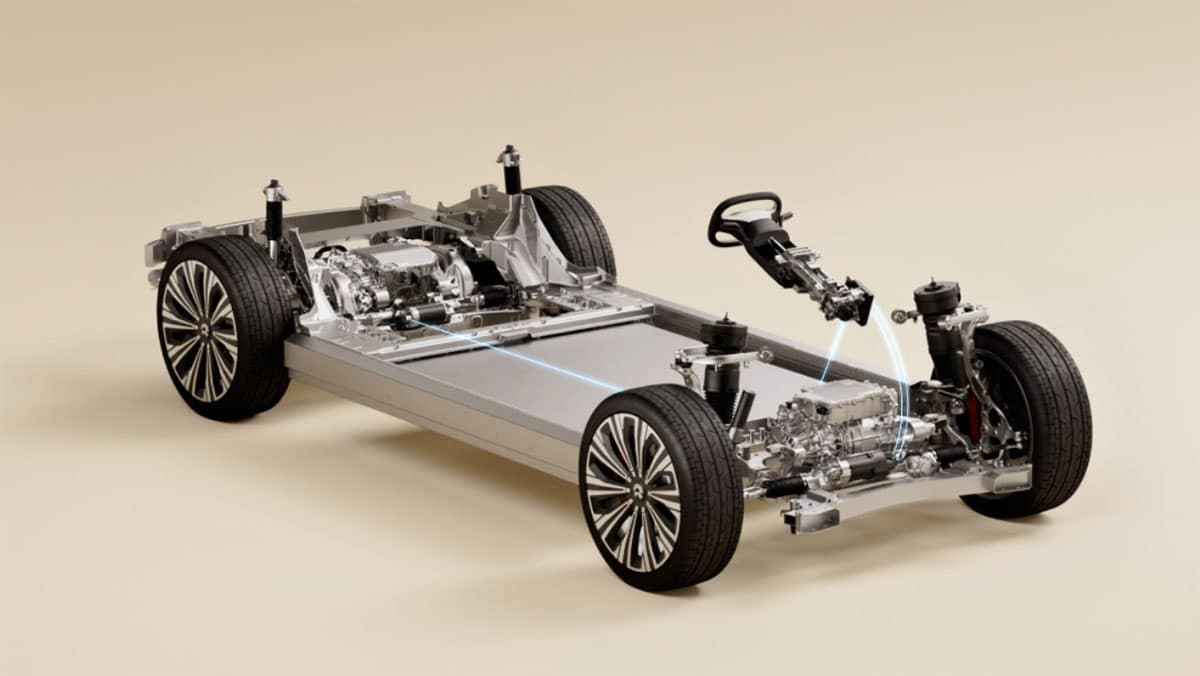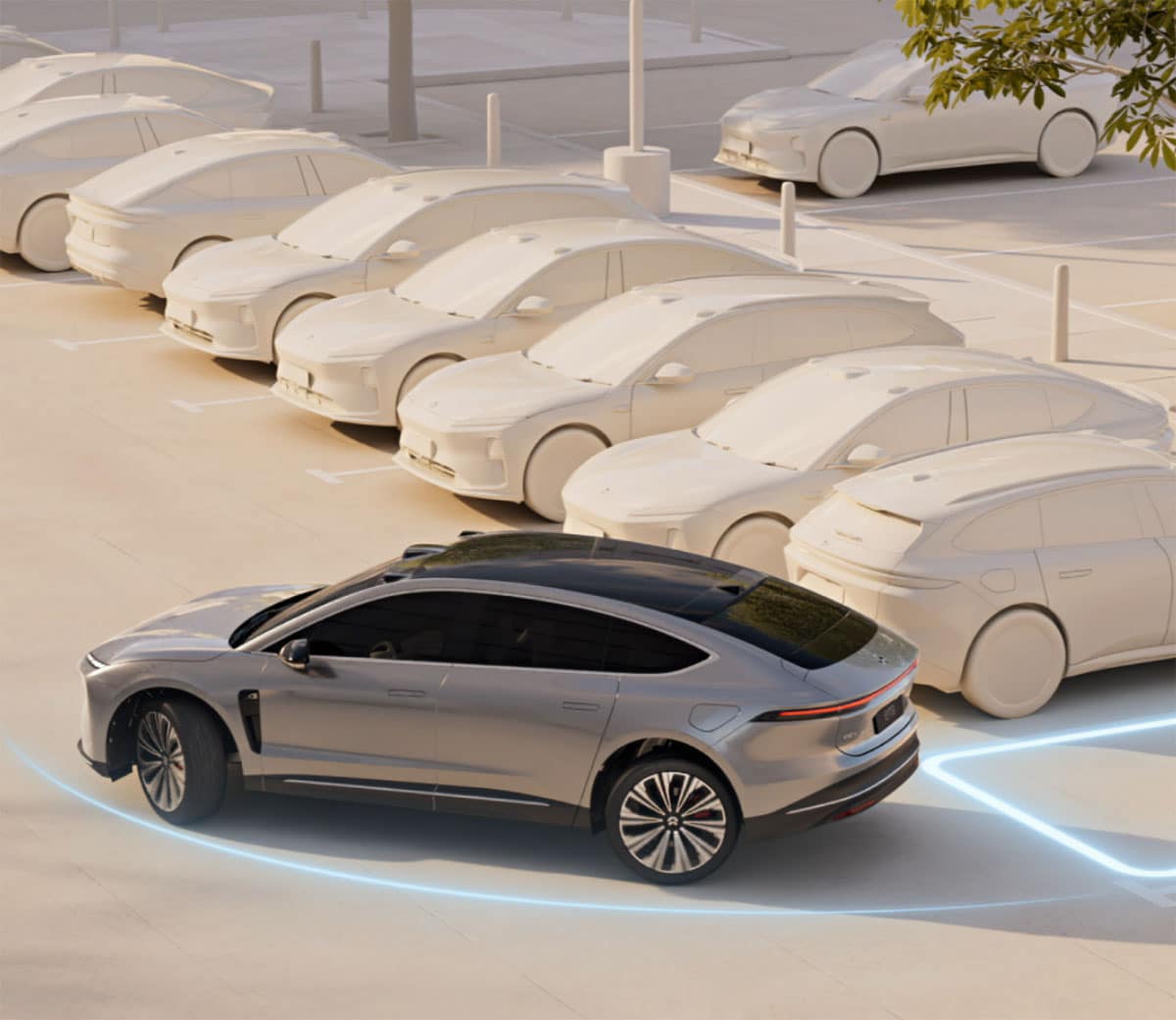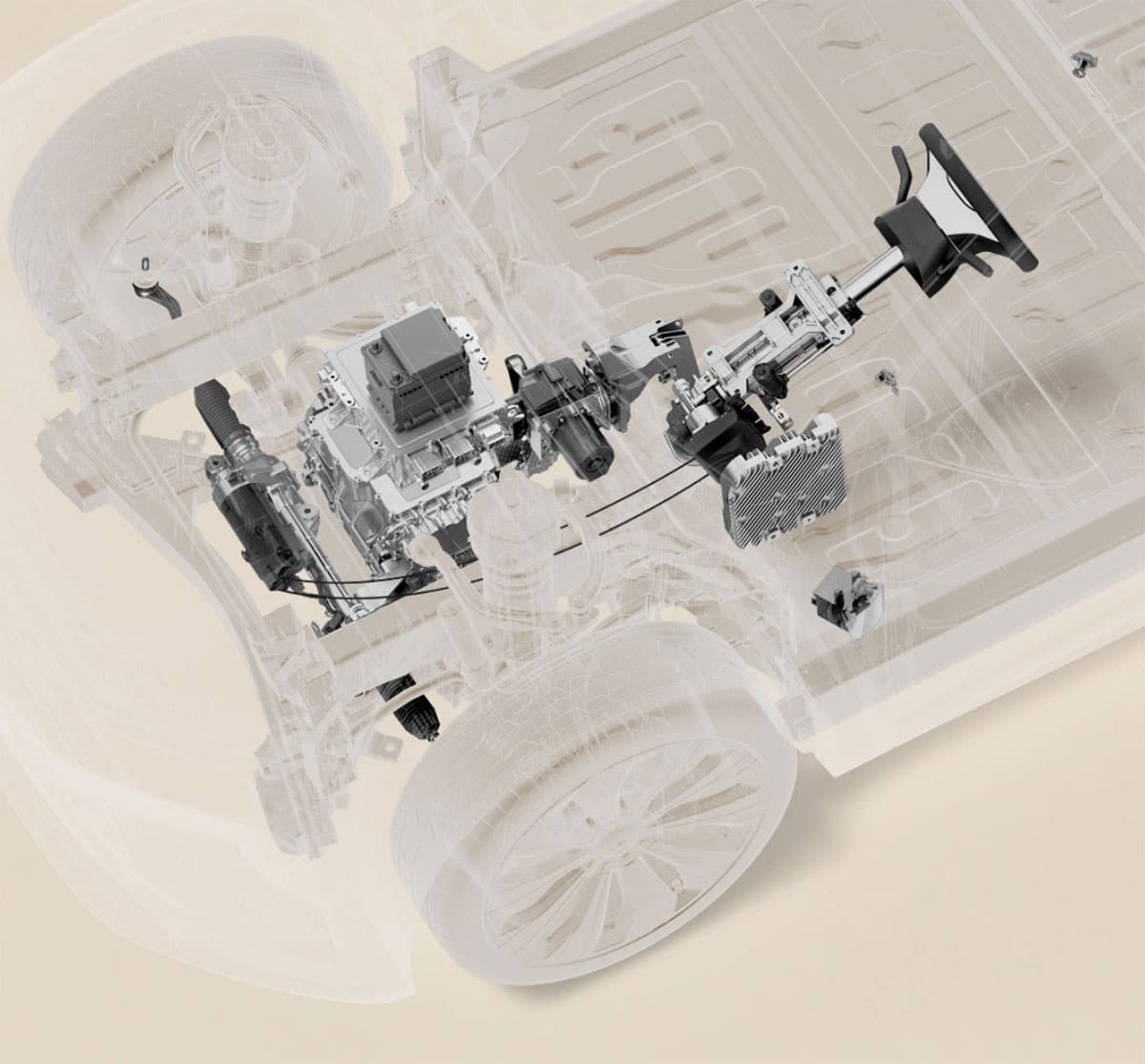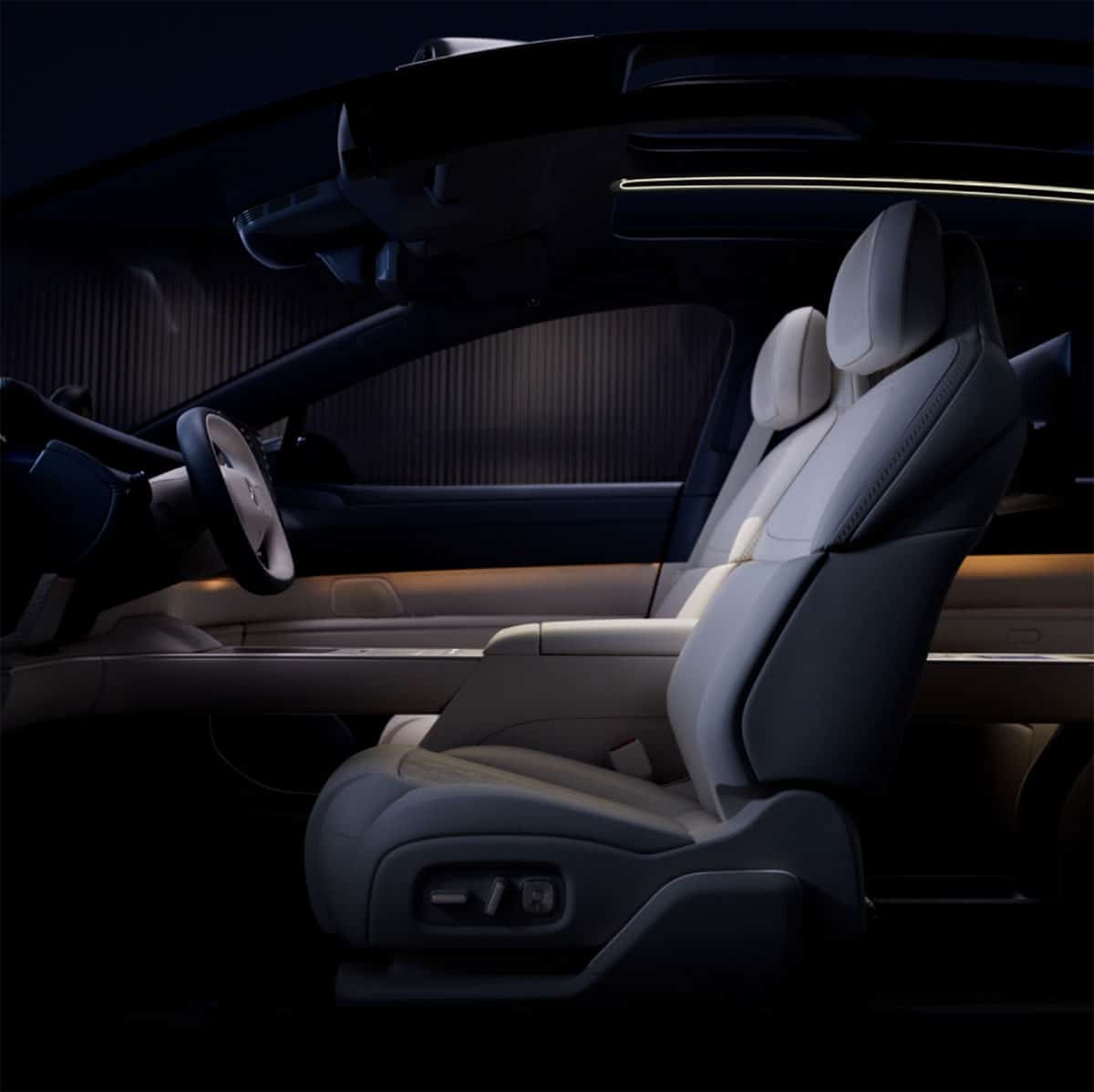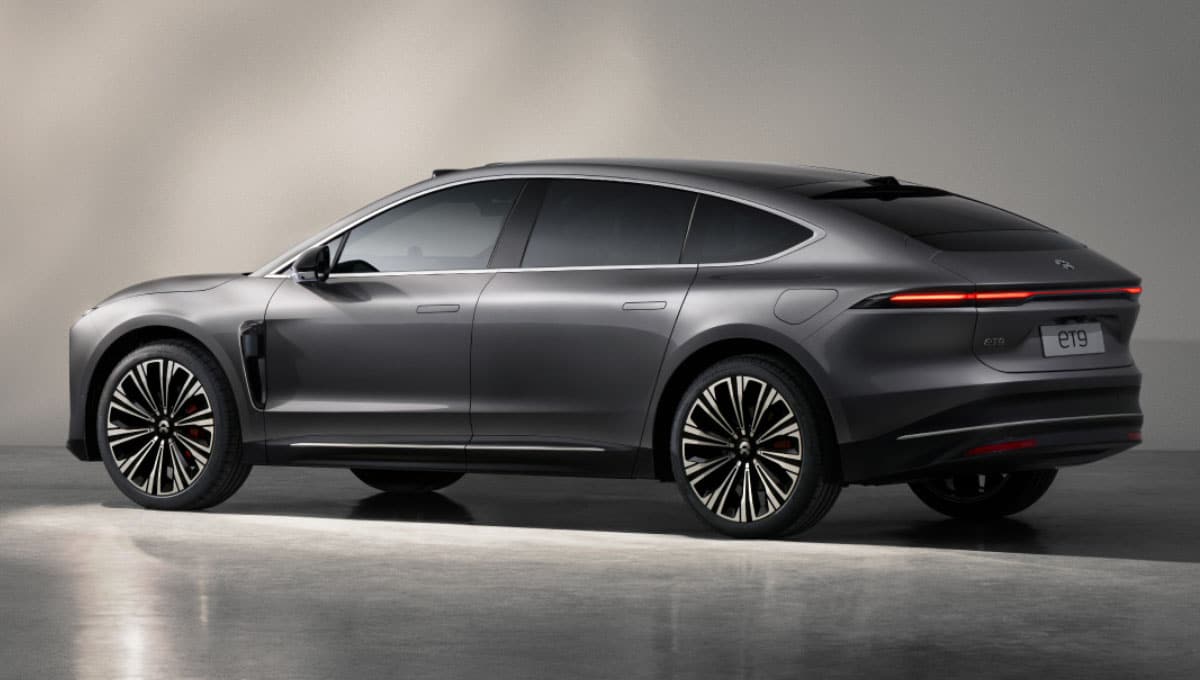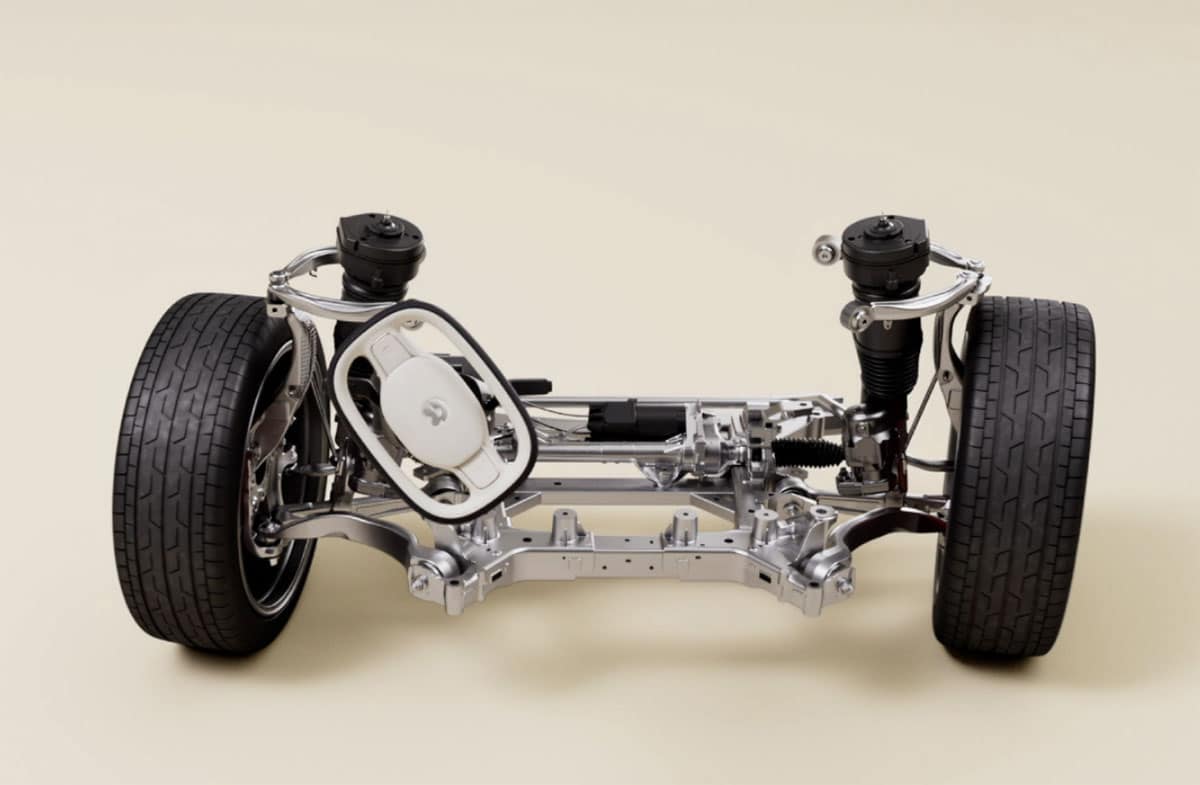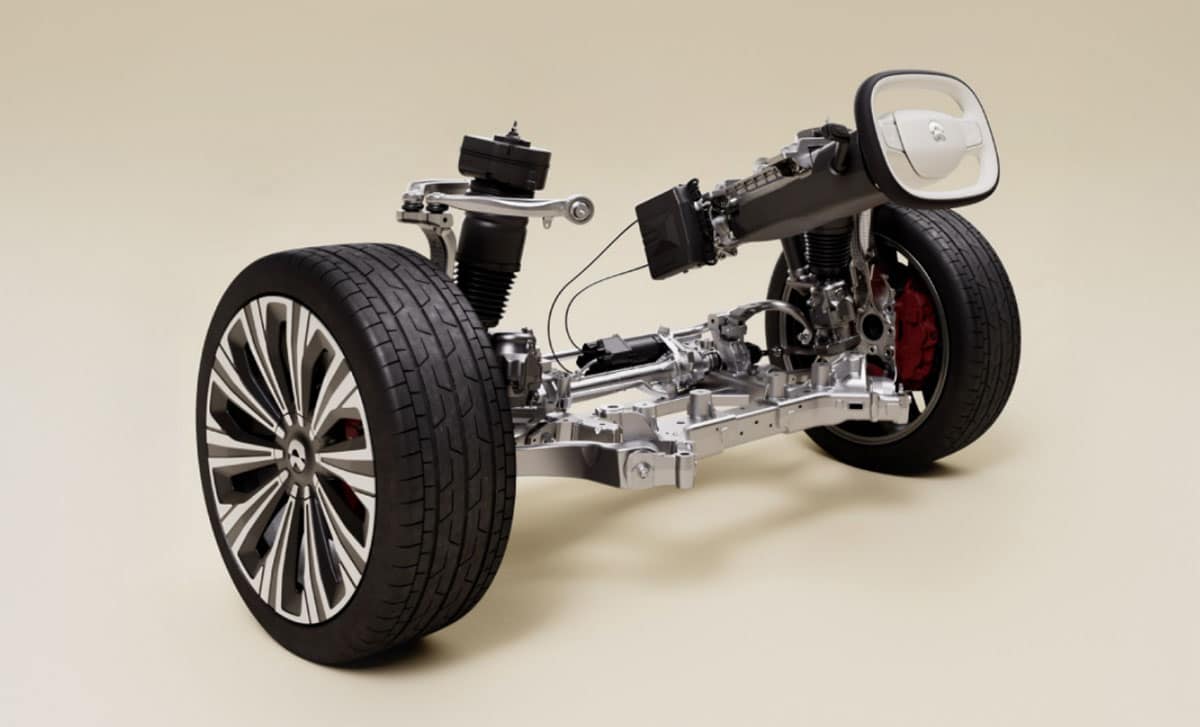Steer-by-wire makes the steering system 2.2 times more reliable than a traditional solution, filters out vibrations from the road, and helps enable a higher level of intelligent driving.
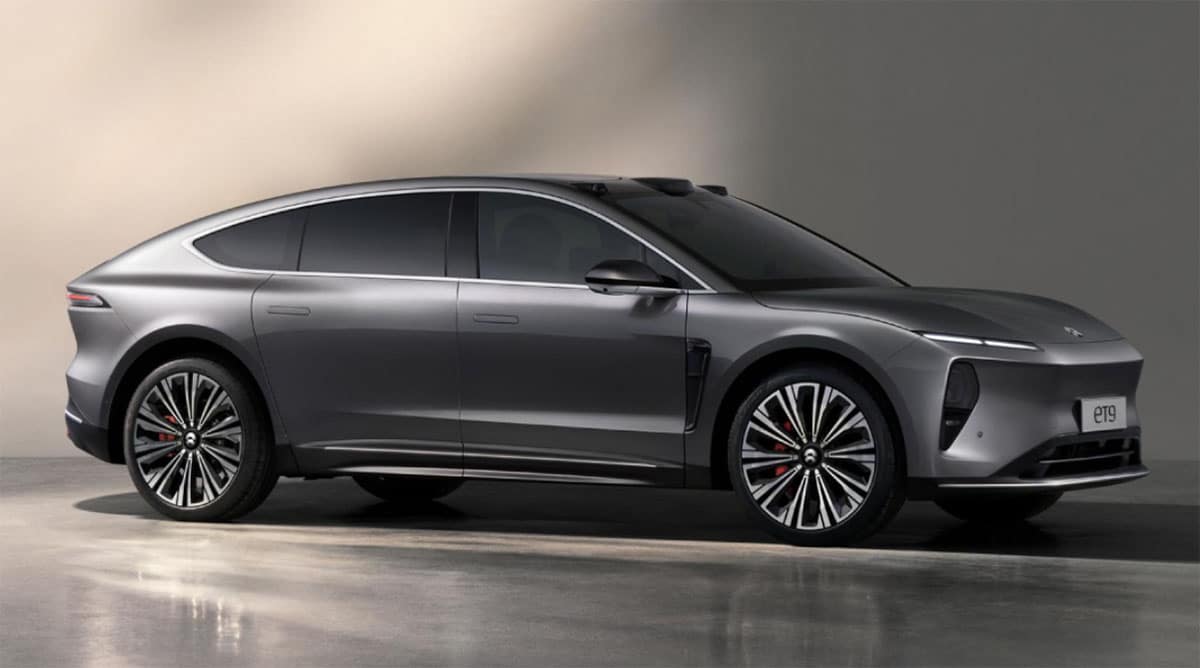
Nio (NYSE: NIO) announced earlier today that the steer-by-wire (SBW) technology in its flagship sedan ET9 has been approved for mass production by China's Ministry of Industry and Information Technology (MIIT), making it the first mass-produced vehicle in China to feature SBW technology.
The company then shared more content explaining the technology in detail and how it makes an electric vehicle (EV) more powerful.
With the help of SBW technology, there is no mechanical connection between the vehicle's steering wheel and the turning wheels; instead, the steering is controlled by electrical signals, according to the company.
The angle of the steering wheel and the resistance torque can be freely designed, which brings the advantages of lower delays, more precise control, more efficient transmission and more flexible arrangement.
In the absence of a national standard on the technology, Nio completed the development and testing of the SBW technology, it said, adding that the ET9 became the first mass-produced model to be equipped with the SBW technology after a review by industry experts organized by the MIIT.
The ET9's SBW system has a redundant design of dual power supply, dual communication, dual hardware and dual software, Nio said.
Although there is no mechanical steering connection between the steering wheel and the turning wheels, SBW is 2.2 times more reliable than Electric Power Steering, which is commonly used in the automotive industry today, it said.
SBW is the key to enabling the car chassis to be controlled in an integrated manner and is the foundation for advanced smart EVs, according to Nio.
The technology is one of the core components that enables L3 and higher levels of intelligent driving, and is expected to become a standard feature in future flagship models, the company said.
Thanks to the decoupling of the steering wheel from the turning wheels, the vehicle's steering wheel only needs to be turned slightly by 10° to indicate the direction of travel of the vehicle in scenarios including automated parking, without the need for rapid, large-angle rotations.
With the steering mechanical connection removed, the ET9's SBW system filters more than 80 percent of the road vibrations coming from the steering wheel, according to Nio.
Additionally, the system makes it possible to customize the steering wheel road feel so that drivers can choose a smooth low road feel mode for business trips and switch to a high road feel mode for their own driving that enhances driving pleasure.
The ET9's SBW system delivers up to 153 mm of steering column expansion and contraction, which provides more space in the driver's seat than conventional mechanical steering columns that have a range of only about 60 mm.
The SBW system's angle sensors are designed with multiple safety redundancies, and the probability of losing steering capability is 4.5 FIT (Failures In Time), which equates to an average of just one steering failure in 25,368 years, according to Nio.
Nio says ET9's steer-by-wire tech gets go-ahead for mass production, 1st in China


